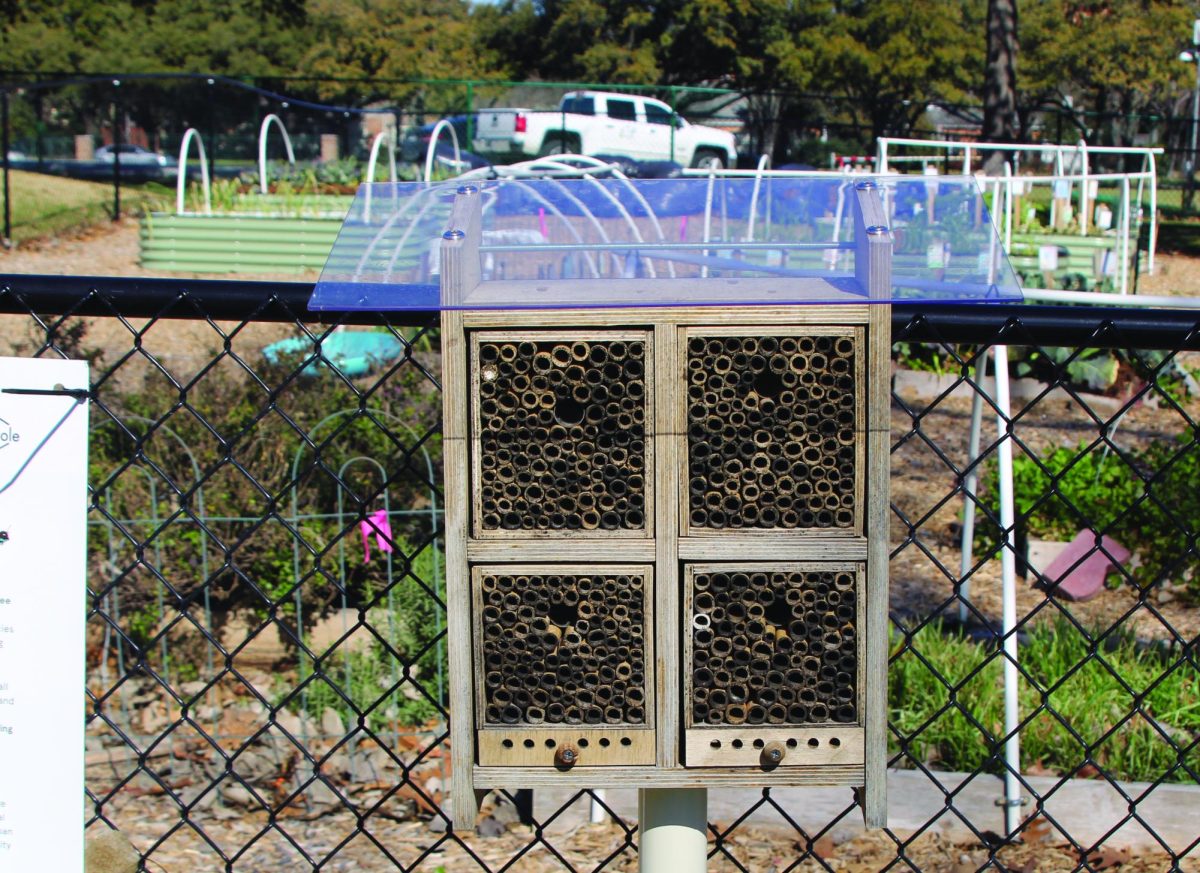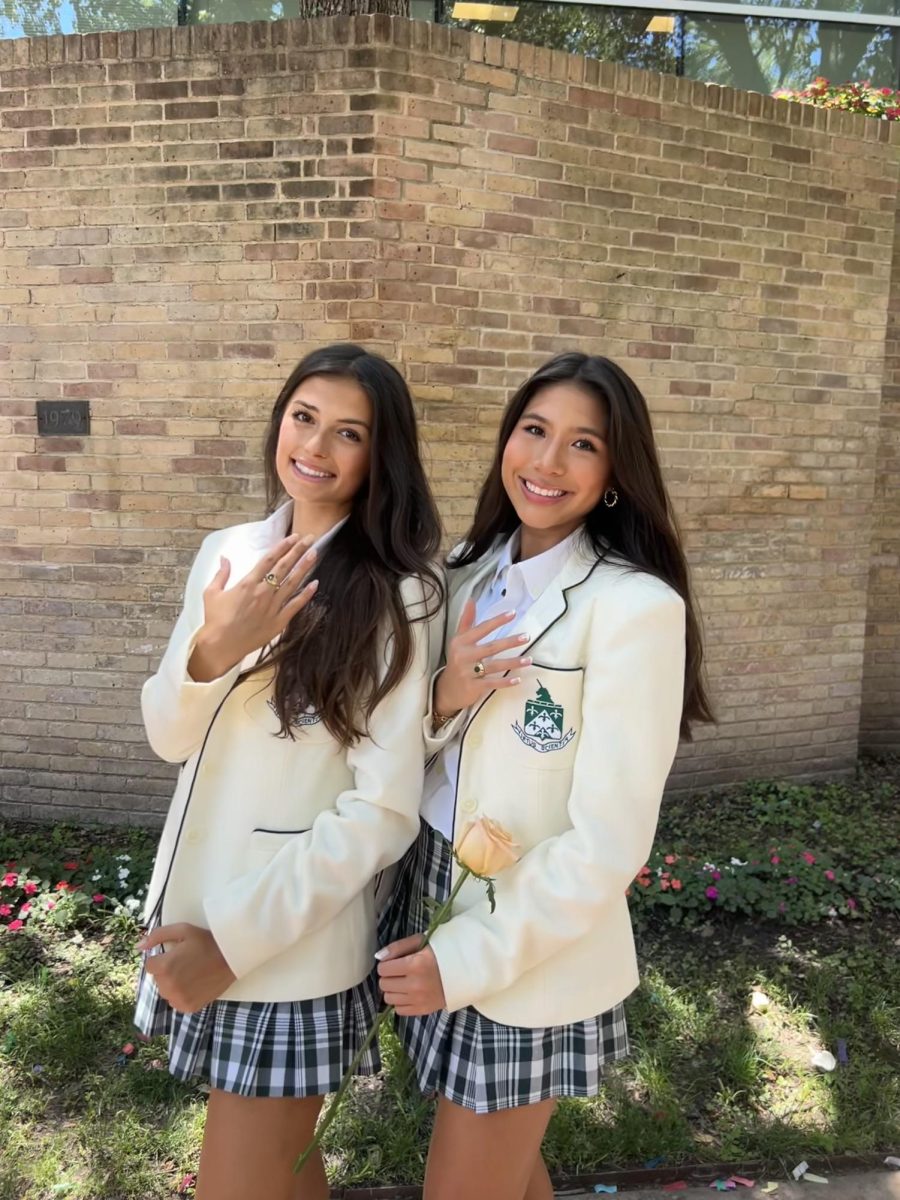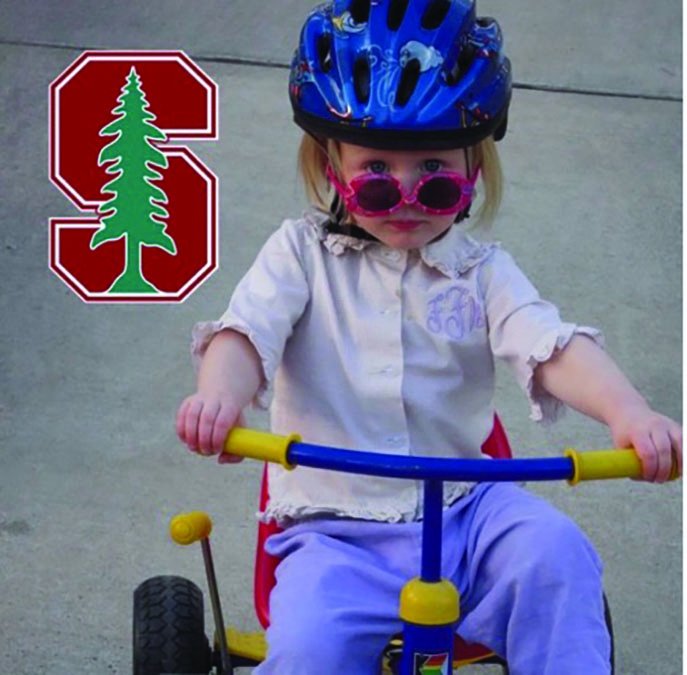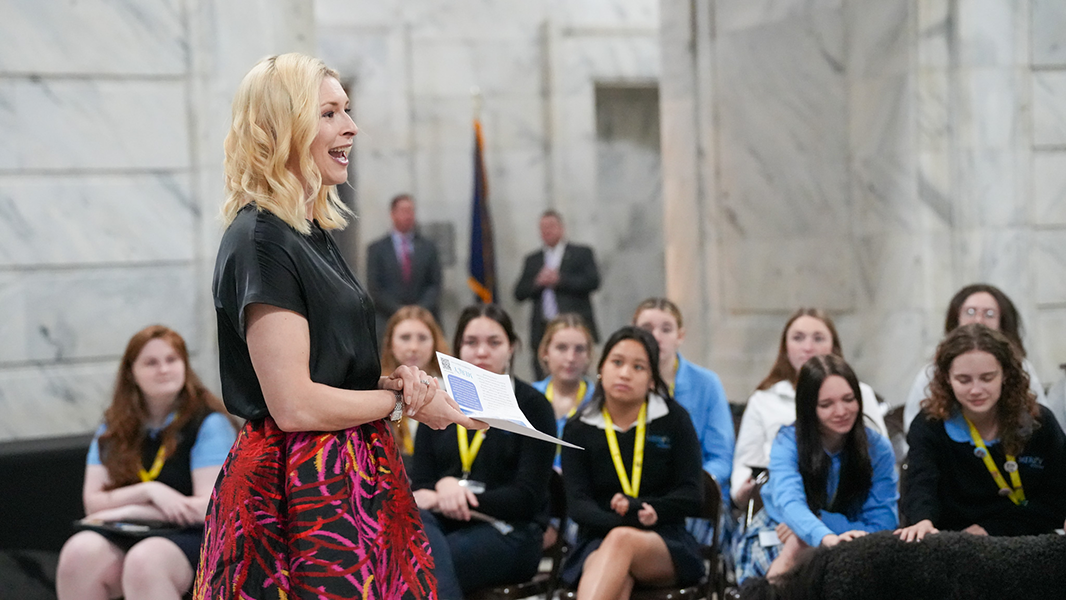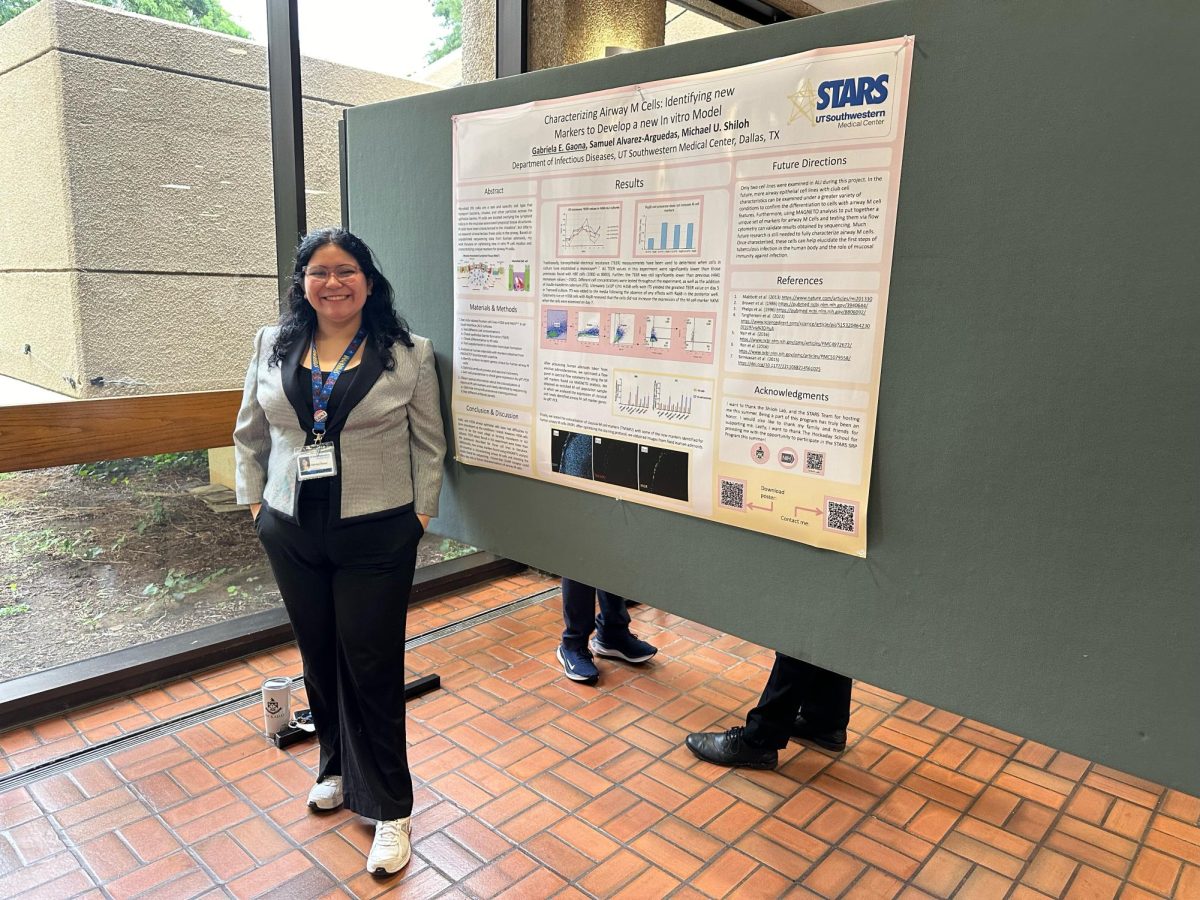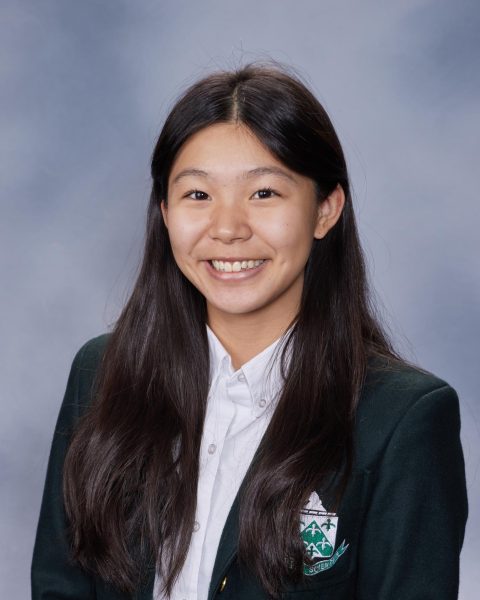Junior Cassidy Golden and her APES class trek through the forest, observing the switchgrass, yellow Indian grass, little blue stem, and big blue stem grasses, which are the four main types of grass in Blackland prairies. Red shoulder hawks, beavers, turkey vultures, and Carolina wrens flock about as Cassidy tries to record it all in her notebook.
Environmental projects have been happening all year both on campus and around Dallas through Upper School science courses. From restoring prairies to testing for water contamination, students explore ways they can make an impact in the Dallas community and be more environmentally conscious.
“My hope is that students walk away more informed consumers and also have an appreciation for the natural world,” Crowley said. “Because if you don’t have that appreciation, you’re not going to be interested in saving it.”
The class partners with the Trinity River Audubon Center (TRAC). During monthly field trips to the nature reserve, specialists at TRAC teach students about the restoration process of a prairie. So far, APES students have propagated plants and placed them back into the habitat for restoration, removed invasive species to increase plant diversity and introduced native plants.
“We have amazing instructors at TRAC who will go and take walks through the prairie, and they will help us identify the different plants and animals,” said junior Cassidy Golden.
APES hopes to implement the restoration experience they have gained at TRAC and apply it to the “pocket prairie” on campus at Hockaday. The 2,500 square foot prairie lies behind the softball field. “There is a lot of potential back there. The hope is to draw some sort of wildlife to our campus,” Crowley said.
Crowley created her Conservation Biology class, a semester course, to delve deeper into questions
students have and the resultant projects rather than being restricted to AP curriculum. Conservation Bio students began by researching the flora that inhabitants a Blackland prairie, the ecosystem that existed before Hockaday. They then visited the Clymer Meadow Preserve, an intact Blackland prairie, and talked to specialists about how they manage their property.
After learning about seed propagation, the class created a project proposal, picked species of flowers that were host plants for butterflies and chose grasses that would make good habitats for birds in the winter. Crowley hopes future Conservation Bio and AP Biology classes will visit the area and see what was able to grow.
Environmental Chemistry is a first-year Chemistry course designed to give students a real-world application
of traditional chemistry topics.
“The big thing about this course is that it is more about experimental design and real-life application of chemistry,” Dr. Jen Fore said. “They are still learning fundamental chemistry, just through a different lens.”
The class partners with the West Dallas community, which has historically been an area of pollution caused by a lead smelter and concrete factory.
“We are focusing on West Dallas because it is in an underrepresented area where there are a lot of factories that are close to neighborhoods with lots of children and families,” sophomore Allie Gerber said. “This has caused health problems for these families that have gone back generations, such as asthma.”
Students study air and water in class before collecting data in the West Dallas community. Last year, the Environmental Chemistry class took water samples from the Wesley Rankin Community Center and a few of the community members’ homes, and from their data concluded there was an issue with water quality.
The class then created brochures and posters to communicate their findings to the West Dallas community. This year, the students have taken one field trip to West Dallas to get a sense of the community’s
needs. Although they have not yet started their project, they plan to build on the previous year’s findings and test specifically on where in the community this issue is most prevalent.
“Last year, it was more like, is there an issue?” Dr. Fore said. “This year we know there is something going on, so can we isolate the issue? There is a lot of chemistry that happens in water.”
Other Hockaday science classes visited the Hockaday bees, an initiative started by Laura Day, a leader in the Institute of Social Impact. All proceeds from the honey sold at the bookstore goes back into beehive maintenance, contributing to Hockaday’s continued efforts for conservation on campus.

